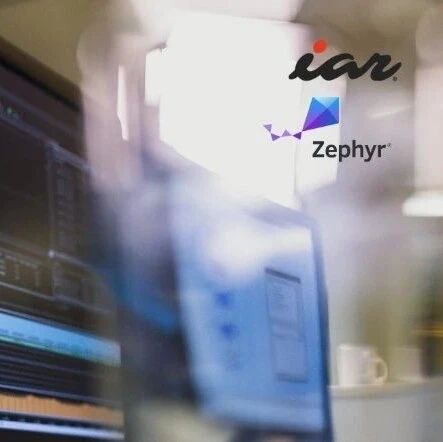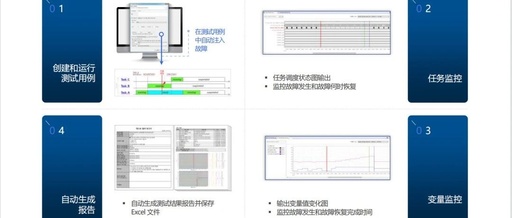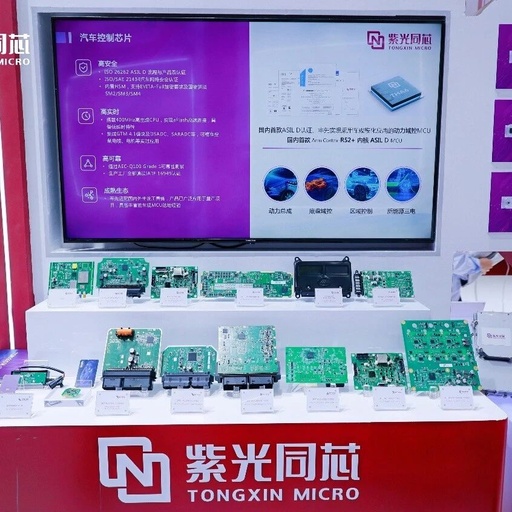IAR Platform Now Offers Production-Level Support for Zephyr RTOS
Uppsala, Sweden, July 8, 2025 – IAR, a global leader in embedded systems development software solutions, announced that its embedded development platform has officially launched production-level support for Zephyr RTOS. This support is fully available starting from IAR’s Arm Development Toolchain v9.70. This advancement provides a solid assurance for developers looking to adopt Zephyr RTOS … Read more









